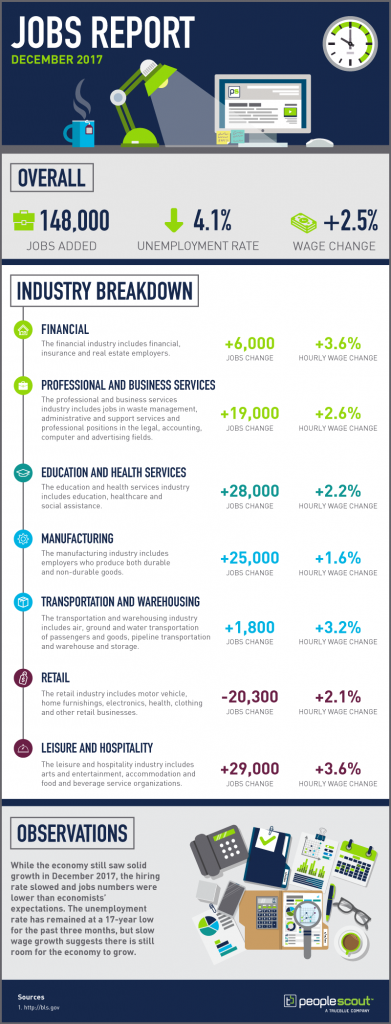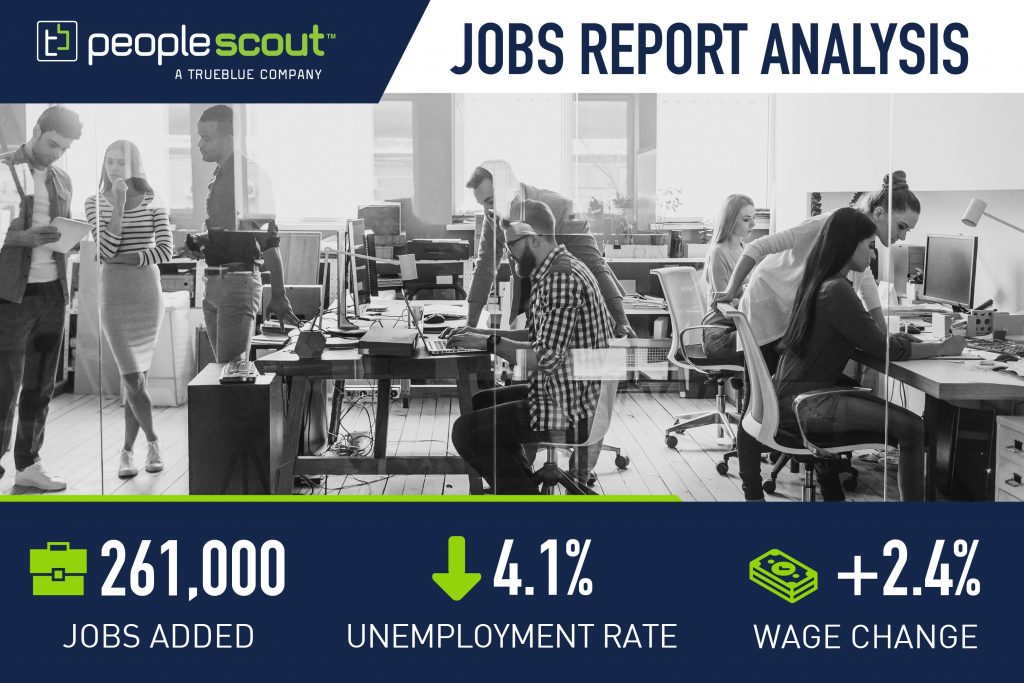Traveling nurses have become more popular in the past few years. The Bureau of Labor Statistics estimates more than a million registered nurse openings by the year 2024, twice the rate seen in previous nursing shortages. With current nursing shortages, healthcare organizations are looking for ways to recruit additional nursing staff quickly. Because of this, how to recruit a traveling nurse is a growing concern in healthcare.
What is a Traveling Nurse?
Traveling nurses are healthcare professionals who provide care for chronically-ill or homebound patients, or assists medical facilities with staffing shortages. Traveling nurses assume all of the duties associated with nursing, however, they are travel from location to location, from patients’ homes to a variety of healthcare facilities such as hospitals, clinics and out-patient care facilities. Education prerequisites may vary, though a basic requirement is a nursing license.
According to the Bureau of Labor Statistics, traveling nursing are projected to grow by 19 percent by 2022. Recruiting a traveling nurse who possesses all the qualities and qualifications a healthcare organization requires for its clinical staff can be difficult. For starters, traveling nurses enjoy more competitive salaries than traditional nurses. According to the Bureau of Labor Statistics, regular licensed practical nurses and licensed vocational nurses earn $43,170 per year on average, while according to Payscale.com, a travel nurses’ salary can reach up to $103,893.
The higher wages and a higher level of freedom make it essential for healthcare employers to understand how to hire traveling nurses in a cost-effective and timely manner. In this post, we inform healthcare organizations of the best practices when it comes to hiring traveling nurses.
Set Up for Success
Creating a robust recruiting infrastructure is the key to successfully recruiting traveling nurses. The goal of healthcare HR professionals should be building a cost-effective recruiting program that fosters a talent pipeline filled with candidates that meet all of the organization’s traveling nurse requirements.
The recruiting program should be focused on quality and include processes such as clinical liaison reviews of nurse applications and yearly reference checking to ensure compliance and licensing issues are minimized. Once a healthcare organization had established the groundwork for successful travel nurse recruiting, they can then focus efforts to ensure they attract the most qualified candidates to their organization.
Assessing Traveling Nurse Staffing Needs
Because of the transient nature of their work, recruiting a traveling nurse requires a longer lead time than that of a traditional nurse. Healthcare hiring managers who are able to assess future staffing needs accurately have an advantage in recruiting traveling nurses because they can reach out to candidates proactively, long before the start date of an open position.
The closer a healthcare organization reaches out to a position’s start date, the higher the risk that qualified candidates will have already extended current assignments or accepted new ones. Early outreach also allows healthcare organizations the luxury of additional time to find candidates that are best suited for open positions.
Hiring managers need to take inventory of current nursing staff and account for maternity leave, retirement, medical leave, turnover and available local talent pool. This enables hiring managers to forecast staffing needs well ahead of time and provides the opportunity to source and recruit travel nurses who can provide a high level of patient care quickly.
Provide Detailed Traveling Nurse Job Descriptions
When recruiting a traveling nurse, it is important to provide very detailed job descriptions. The more information provided in a job description, the better the chances of finding an ideal match in terms of skills, licensing, experience and cultural fit.
Job descriptions should provide traveling nurse applicants with full details about the type of unit they will work in, specialty training or licensing requirements needed for the position and what shifts they will be required to work. For example, is there special equipment a potential candidate should be proficient in using? Should candidates possess training in multiple specialties? By providing a clear and detailed portrait of requirements, a healthcare organization will better filter out candidates who are poor fits and find better matches more quickly.
Reaching Out to Candidates and Conducting Traveling Nurse Interviews
Speed is essential for healthcare organizations looking to hire the best traveling nurse talent. Once applications are submitted and qualified candidates screened, HR teams need to move swiftly to schedule phone interviews with candidates. The availability of a traveling nurse can change in an instant, so it is imperative that top candidates are made aware of an organization’s interest as soon as possible.
When hiring traveling nurses, telephone or video interviews sometimes take the place of traditional in-person interviews. When interviewing candidates, it is best to ask unambiguous straightforward questions about the candidate’s clinical expertise and experience, so the candidate clearly understands what will be required of them in the position. Candidate’s responses to questions should clarify their specific skills and experience in detail. Aside from analyzing the candidate’s credentials and experience, the interview should also give a sense of the candidate’s personality.
While conducting an interview, it is important to remember that interviews are a two-way street. While a healthcare organization is evaluating the traveling nurse candidate’s credentials, experience and abilities, the candidate is simultaneously assessing how well an organization measures up to their expectations. Traveling nurse candidates may ask healthcare organizations the following questions:
- What is the nurse-patient ratio at the facility?
- What is the demographic make-up of your patients? Seniors, children, women, low-income?
- How are the hours scheduled? Is there schedule flexibility?
- What are the responsibilities of this position? Will the scope be expanded?
- What is the housing policy and stipend? Will I be assisted in securing housing or am I on my own?
- What are your orientation and onboarding policies for traveling nurses?
After interviews have been conducted, hiring managers should identify the candidate who exhibited traits of a quick learner that can adapt to new situations easily and someone who is a team player. Besides strong clinical skills, hiring managers should look for a positive attitude, enthusiasm, flexibility, good interpersonal skills and the ability to communicate effectively with others.
Selling the Position
In a tight labor market, healthcare recruiting is more than just sourcing and interviewing candidates; it is also about selling the job to talent. Healthcare organizations need to keep in mind that most traveling nurse candidates will have multiple options when it comes to selecting their next nursing assignment. To keep a candidate interested, healthcare organizations need to provide as many details as possible and take care in explaining the advantages of the offered position.
Bearing this in mind, healthcare organizations should work to foster favorable impressions of their staff and facilities during interviews and while extending offers to candidates. Healthcare organizations should also ask candidates about their interests and highlight amenities and attractions in the surrounding area that may be of interest.
Common selling points for traveling nurses:
- Awards, recognition, rankings and accolades earned by the organization
- State-of-the-art equipment and medical treatment being performed by staff
- Recent renovations to the facility
- Commitment to nursing staff and how well travel nurses are treated
- Opportunities for professional development
Conclusion
Given the demands and challenges of today’s healthcare talent landscape, applying each of these hiring suggestions may not always be possible. However, if given the opportunity, these tactics can help ensure a successful and mutually beneficial arrangement between a healthcare organization and a traveling nurse.








